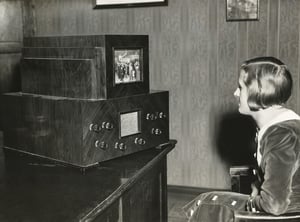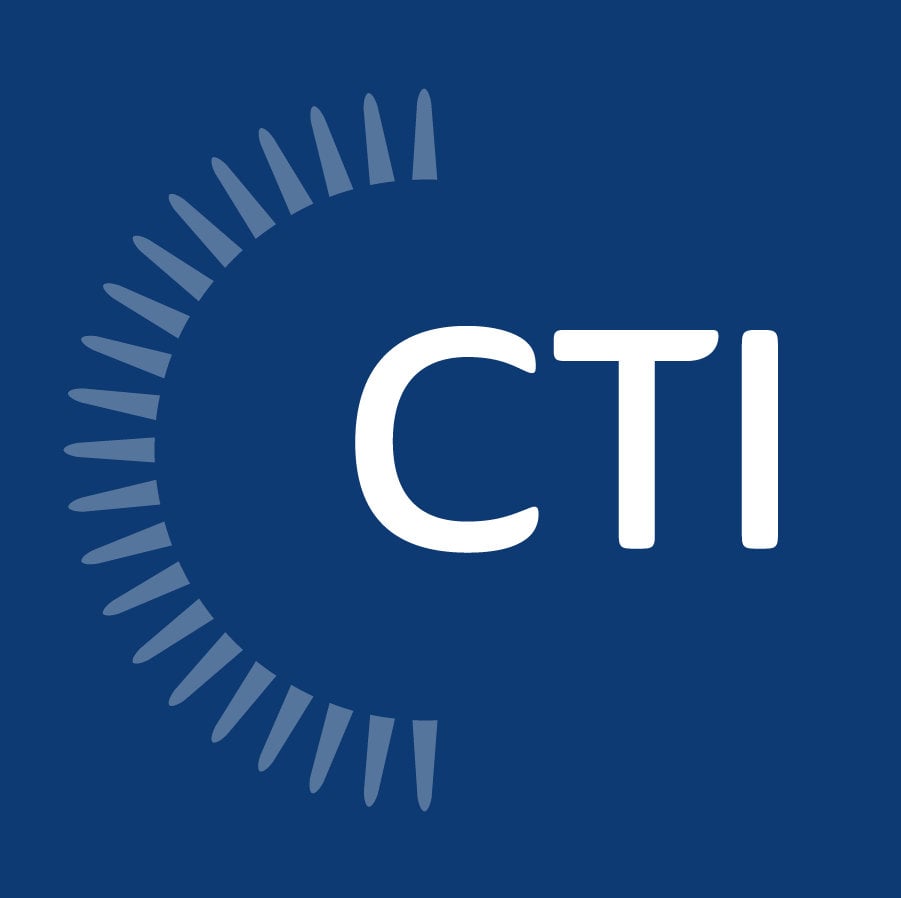 They watched the Lone Ranger ride his white horse across the world’s first televisions and ‘cruised the circuit’ in their ‘woodies.’ They swiveled their hips with Elvis Presley, drove to the drive-in to make out, developed the ‘burbs, and received the first polio vaccinations. They witnessed the fall of segregation, the rise of mega-corporations, and the take-off of transglobal passenger flights. Through all of this, they were ‘swell’ and ‘groovy,’ and wore ‘boss threads.’
They watched the Lone Ranger ride his white horse across the world’s first televisions and ‘cruised the circuit’ in their ‘woodies.’ They swiveled their hips with Elvis Presley, drove to the drive-in to make out, developed the ‘burbs, and received the first polio vaccinations. They witnessed the fall of segregation, the rise of mega-corporations, and the take-off of transglobal passenger flights. Through all of this, they were ‘swell’ and ‘groovy,’ and wore ‘boss threads.’
Baby Boomers. Between 1946 and 1964, 7.3 billion souls came to life in the U.S. – nearly 40 percent of the American population at that time.1
Now the nation’s most voluminous generation is all grown up…and older. Now they take a little something for that pain in the hip and watch their grandkids cruise the internet. They revel in retirement and watch a new century unfold as their story strolls to the later chapters.
For many boomers, those concluding pages will transpire in an assisted living or senior healthcare facility.
A Whole Lotta Shakin’ Goin’ On
But the high number of citizens predicted to enter senior care residency, along with the subsequent elevation of complex medical conditions, present senior living organizations with adaptability challenges. To fully grasp the enormity of those challenges, take at look at the senior population numbers: The National Institute on Aging estimates that the population of Americans over 65 will double within the next 25 years.1 The U.S. Census predicts that number will hit 83.7 million by 2050.2
That’s quite a cluster of seniors “at the hop.” To meet this swelling volume and remain competitive, assisted living organizations may consider expansion of facilities and services as one of the first matters to address.
Within that expansion, there's another immediate issue to tackle: the needs of of advanced-age residents who possess serious health conditions contrasted against the expectations of younger incoming seniors. Those with complex ailments will require more robust medical resources. Many younger, potentially tech-savvy occupants will desire more modern amenities that previous seniors did not.
And of course, expanded campuses and services warrant a larger and more diversely skilled staff. Skilled staff call for a fertile workforce from which to draw and the resources to train and upskill those employees. This gets a bit tricky in light of senior care’s current shortage of a qualified workforce.
WOTC: Giving Employees and Businesses a New Chance at Success |
Do the Watusi
Or the WOTC. The Work Opportunity Tax Credit is a tax incentive that leads the pack to help address these growing concerns.
This federal tax incentive designates 14 target groups for potential employees. When a business hires an individual from one of these categories, it’s awarded up to $9,600 in tax credits. The groups consist of individuals who often encounter difficulties securing employment, such as veterans and the long-term unemployed.
The WOTC provides a double-feature of benefits for staffing woes. First, it offers a return in revenue that can be leveraged to offset training and other worker retention expenses.
Secondly, it invigorates interest in workforce groups that organizations may not have been considered in the past.
The WOTC encourages organizations to draw staff from a new labor pool source and delivers a supplemental means to fund their training and retention.
Everything’s Gonna Be Alright
As Baby Boomers stroll away from five-and-dimes to Amazon Prime, from Ozzie & Harriet to Modern Family, payphones to smartphones, typewriters to tablets…and from their homes to assisted living, senior care facilities must prepare for the adaptability twists that these residents will bring with them.
And the WOTC can help return valuable revenue to fund their efforts.
Assisted living and senior care facilities interested in realizing their supreme tax credit potential should contact a tax specialist.
- Elder Financial Abuse: How CPAs Can Help – Part 3, AICPA, 2017
- Elder Financial Abuse: How CPAs Can Help – Part 2, AICPA, 2017



